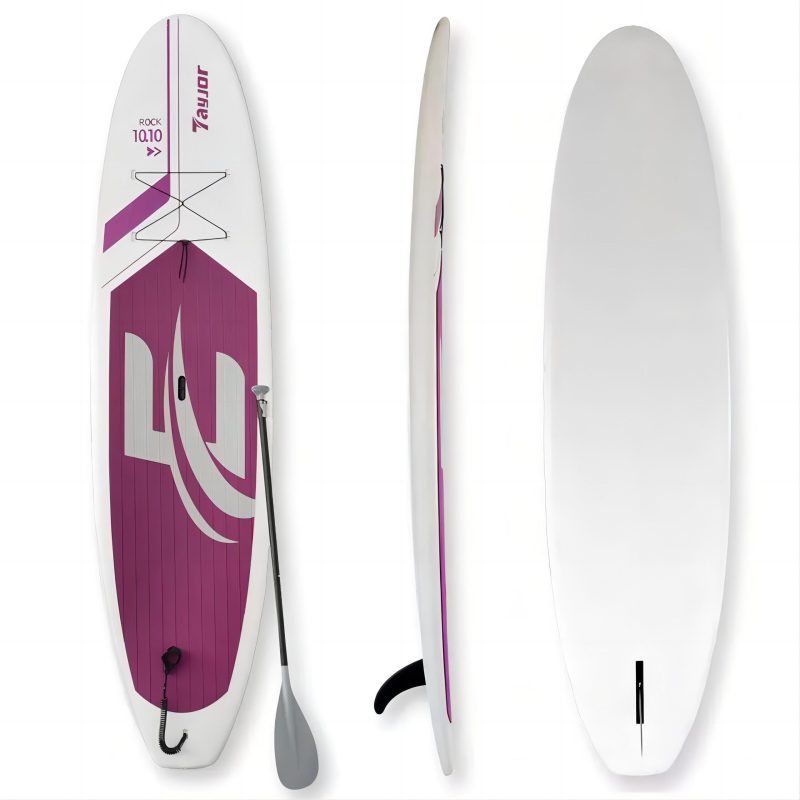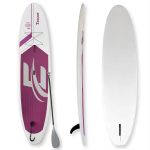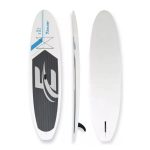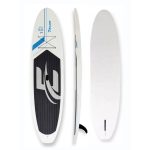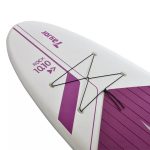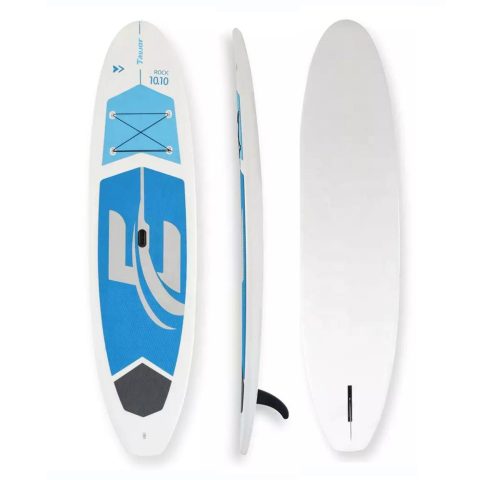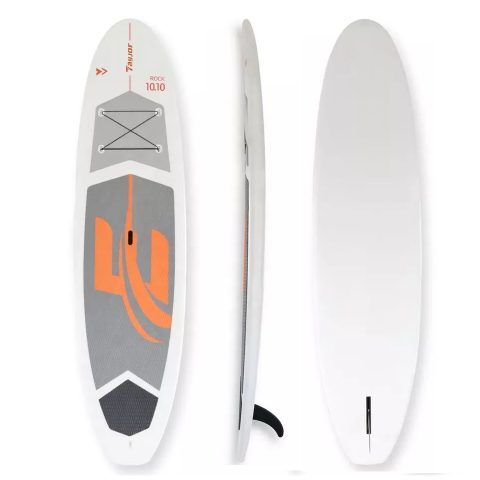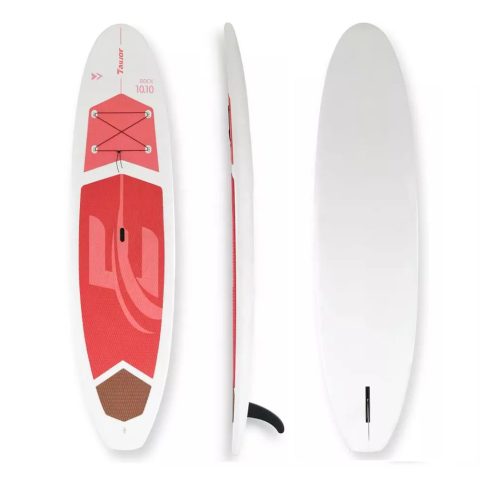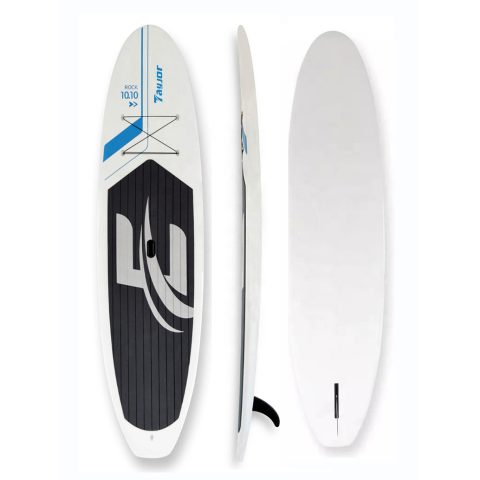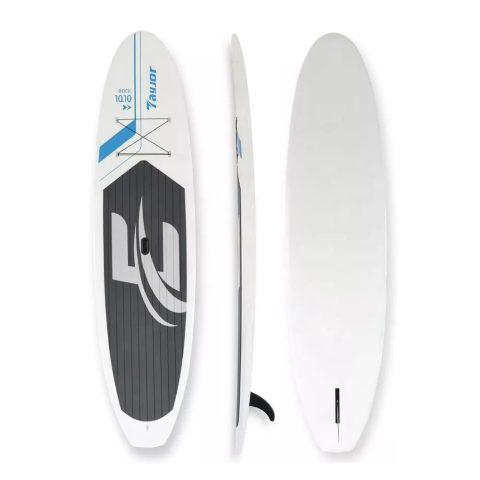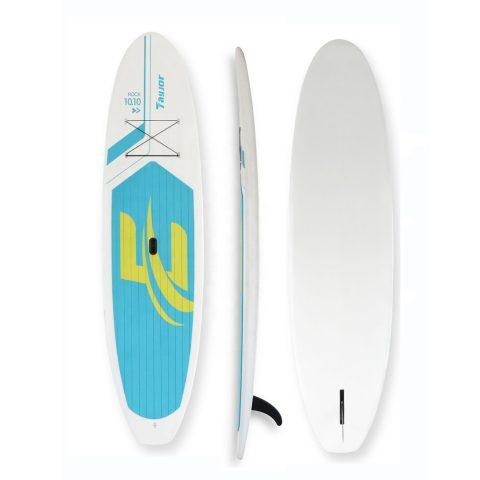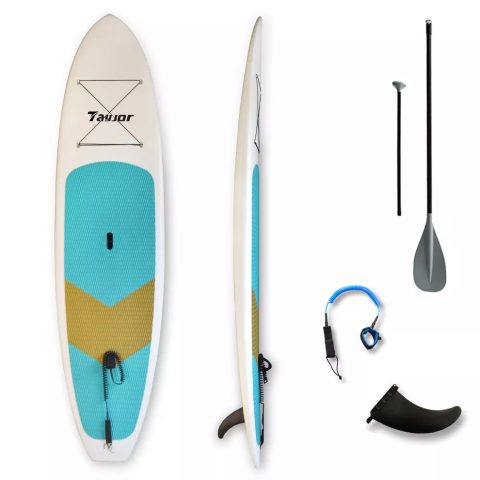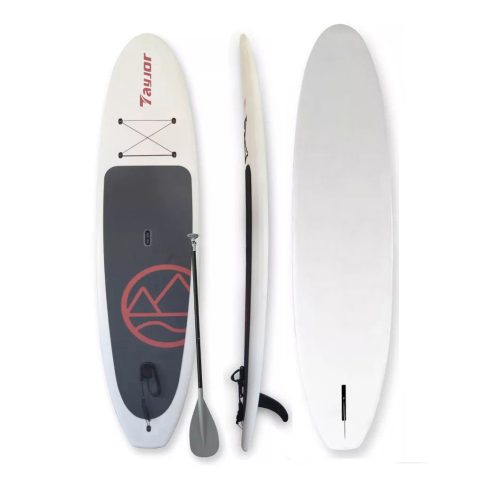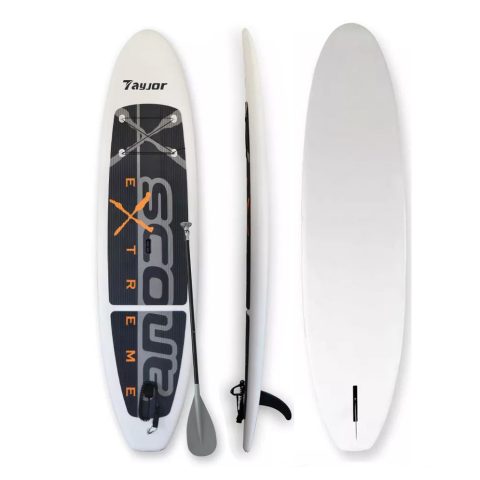Hard Shell Foaming Paddle Board – Plastic Paddle Board – Rigid Paddle Board – Low Moq With Wholesale Price From Factory
Hard Shell Foaming Paddle Board FEATURES:
- Iron Hide Construction
- Soft Non-slip EVA Form Deck pad
- Bungee rope storage system
- Comfort center Grip Neoprene handle
- Stainless steel D ring on tail for ankle leash
- Activity Type: leisure
- Rider level :Rookie
- The ride : Max stability
- board durability :Tough



PACKAGE INCLUDED:
- 1 x Paddle Boad (Optional accessory)
- 1×10’ Ankle leash (Optional accessory)
- 1 x Grooved tail fin(Standard accessory)
- 1 x Shoulder Strap (Optional accessory)

Container Loading:
Package : Cardboard , Bubble bag and poly bag
With Carton
20/40/40H/45H: 38/114/126/168
No Carton
20/40/40H/45H: 50/150/165/220


Hard Shell Foaming Paddle Board
Non inflatable paddle boards application



If you are interested in our products and want to know more details,please leave a message here,we will get in touch with you shortly!
Introduction to Hard Shell Foaming Paddle Board Production
Hard shell foaming paddle boards stand out for their durability and performance. The production process involves blow molding and PU foaming. These techniques ensure the boards are strong, lightweight, and perfect for water adventures. Let’s dive into the details of how these boards are made.
The Blow Molding Process
First, let’s explore the blow molding process used to create the hard outer shell of the paddle board.
- Choosing Materials: The process begins with selecting high-density polyethylene (HDPE) plastic. This material is both strong and lightweight, ideal for paddle boards.
- Heating the Plastic: The HDPE plastic gets heated until it becomes molten and flexible, making it ready for shaping.
- Molding the Shape: The molten plastic goes into a mold. Air is blown into the mold, forcing the plastic to take its shape. This step forms the hard outer shell of the paddle board.
- Cooling: The molded plastic cools down, hardening into a solid shell. This step ensures the board retains its shape and strength.
- Trimming: Workers trim away any excess plastic from the cooled shell. This creates a smooth, clean finish on the paddle board.
The PU Foaming Process
Next, let’s look at the PU foaming process, which forms the core of the paddle board.
- Preparing the Shell: The hard shell from the blow molding process is placed in a special foaming mold.
- Mixing the Foam: Polyurethane (PU) foam is made by mixing two chemical components. When mixed, these chemicals react to create foam that expands and hardens.
- Injecting the Foam: The PU foam mixture is injected into the shell. As it expands, it fills the inside of the paddle board, creating a strong, lightweight core.
- Curing: The board sits in the mold to allow the foam to fully expand and harden. This curing process can take several hours.
- Finishing Touches: Once the foam has cured, workers remove the board from the mold. They trim any excess foam and add features like deck pads, handles, and attachment points.
Key Features of Hard Shell Foaming Paddle Boards
Now, let’s discuss the key features that make these boards popular.
- Durable Construction: The combination of a hard outer shell and a foam core makes these boards extremely durable. They can withstand rough use and bumps without damage.
- Lightweight Design: Despite their strength, these boards remain lightweight. This makes them easy to carry and maneuver on the water.
- Stability: The foam core provides excellent buoyancy, making the board stable on the water. This is especially beneficial for beginners and for activities like yoga.
- High Performance: The smooth, hard shell allows the board to glide smoothly on the water. This enhances control and speed, providing a better paddling experience.
- Versatility: These boards come in various sizes and can be used for different activities, including paddling, yoga, fishing, and light surfing.
Advantages of Blow Molding and PU Foaming
Using blow molding and PU foaming offers several advantages for producing paddle boards.
- Strength and Durability: The hard shell protects against impacts and wear. The foam core adds structural strength, ensuring the board lasts a long time.
- Cost-Effective Production: These methods allow for efficient mass production. This helps keep costs down, making the boards more affordable for consumers.
- Consistent Quality: The controlled production process ensures each board meets high standards of quality and performance.
- Environmental Considerations: Some manufacturers use recycled materials in the production process, reducing the environmental impact.
Choosing the Right Hard Shell Foaming Paddle Board
When selecting a paddle board, consider these tips:
- Size and Weight: Choose a board that suits your height and weight. Smaller boards are easier to handle, while larger boards offer more stability and can carry more weight.
- Intended Use: Think about how you plan to use the board. For calm lakes and rivers, a basic model will suffice. For yoga or light surfing, look for a board designed for those activities.
- Features: Decide which features are most important to you. Consider things like extra storage, a cushioned deck, or attachment points for gear.
- Budget: Set a budget before shopping. Hard shell foaming paddle boards come in various price ranges, so find one that fits your budget.
Using Your Hard Shell Foaming Paddle Board
Here are some tips for effectively using your paddle board:
- Preparation: Before heading out, check your board for any cracks or damage. Pack and secure all your gear.
- Launching: Place the board in shallow water. Stand beside it, step onto the board, and start paddling. Use the paddle to push off from the shore.
- Paddling: Find a comfortable standing position on the board. Use the paddle to move forward, steer, and stop. Keep your balance by bending your knees slightly and using your core muscles.
- Returning: When you’re done paddling, head back to shore. Carefully step off the board and carry it back to your vehicle or storage area.
Safety Tips
Remember these safety tips for a safe paddling experience:
- Wear a Life Jacket: Always wear a life jacket when paddling. It’s an essential safety measure.
- Check the Weather: Avoid paddling in bad weather. Strong winds and waves can make paddling dangerous.
- Stay Hydrated: Bring plenty of water to drink. Being out on the water can be dehydrating.
- Tell Someone: Let a friend or family member know where you are going and when you expect to return. This way, someone knows to look for you if something goes wrong.
Conclusion
Hard shell foaming paddle boards offer durability, stability, and high performance. The production process of blow molding and PU foaming ensures these boards are strong, lightweight, and ready for adventure. Whether you’re a beginner or an experienced paddler, these boards provide an excellent paddling experience. Choose the right board for your needs, follow safety tips, and enjoy your time on the water. Get ready to explore with your new hard shell foaming paddle board!


